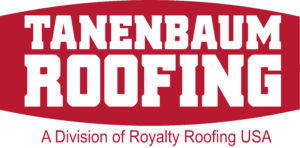Home » Battling the Green Invader: Preventing Roof Algae
Battling the Green Invader: Understanding and Preventing Roof Algae
The emergence of unsightly green patches on rooftops is a common concern for homeowners. These green invaders, known as roof algae, not only diminish the aesthetic appeal of a property but also pose potential threats to the structural integrity of the roof.
Roof algae, often referred to as “roof stains” or “roof moss,” are primarily caused by two types of organisms: blue-green algae (Gloeocapsa magma) and moss. These organisms thrive in humid and shaded environments, which is why they commonly appear on roofs. While roof algae growth is more prevalent in regions with higher humidity levels, it can occur in various climates.
Roof algae can cause some major issues for homeowners. Not only does it lessen curb appeal, but it can cause real structural damage to your roof. Algae can retain moisture, which can degrade roofing materials like shingles and tiles over time. Roof algae can also affect your energy costs. Since an algae-covered roof absorbs more heat, it will increase cooling costs.
To prevent roof algae and all its negative effects, regular roof maintenance is important. Keeping your roof and gutters free of debris will keep algae growth at bay. It is also important to ensure your roof and roofing system has proper ventilation systems in place to limit moisture build-up. If roof algae is a major concern, it may be worth it to consider algae-resistant roofing materials for long-term protection.
Roof algae, though unsightly, is a manageable issue with proper attention and preventive measures. By understanding the causes and consequences of roof algae growth, homeowners can take proactive steps to keep their roofs looking pristine and functioning optimally. Regular maintenance, improved ventilation, and the use of algae-resistant materials can go a long way in protecting your investment and maintaining the beauty and integrity of your home’s exterior.



